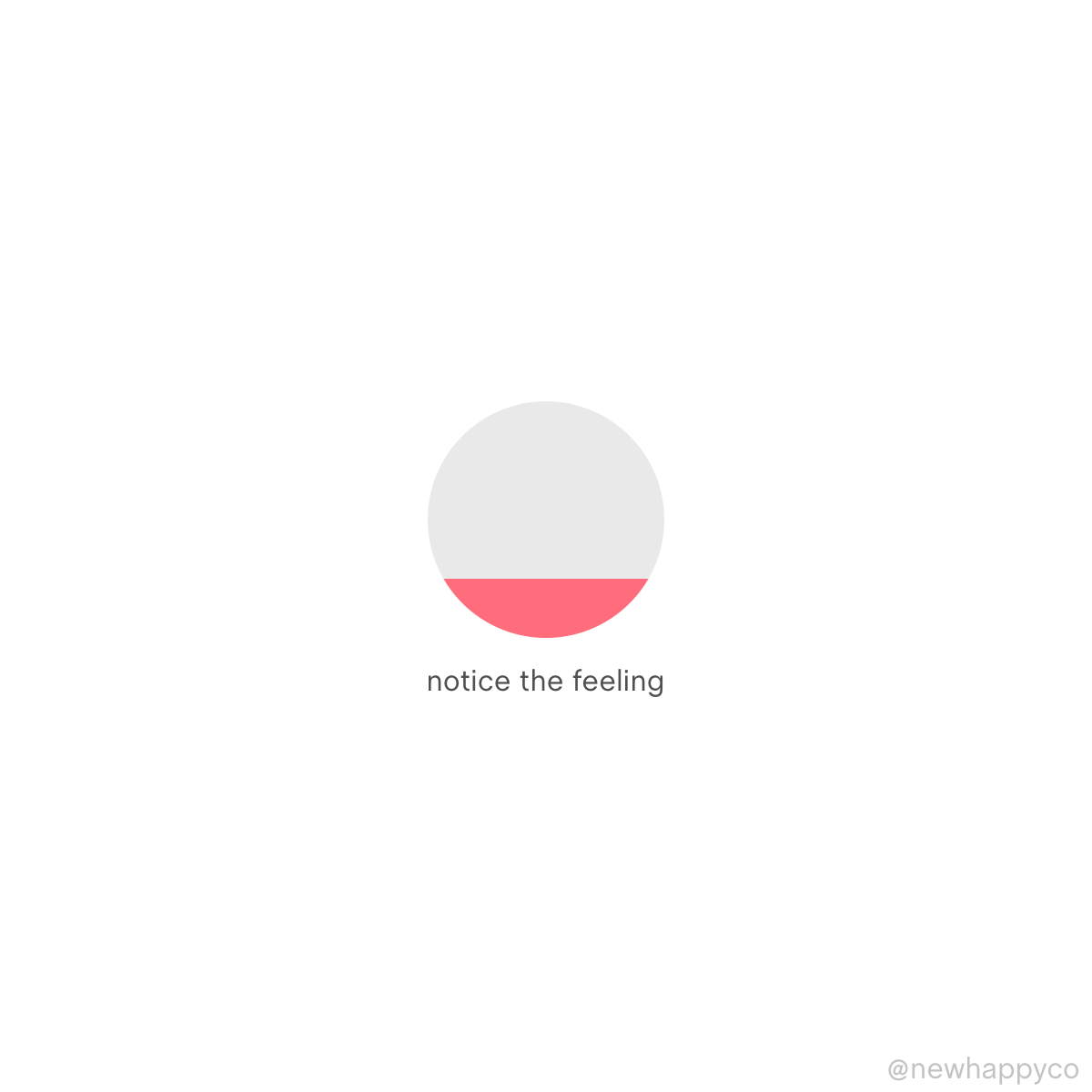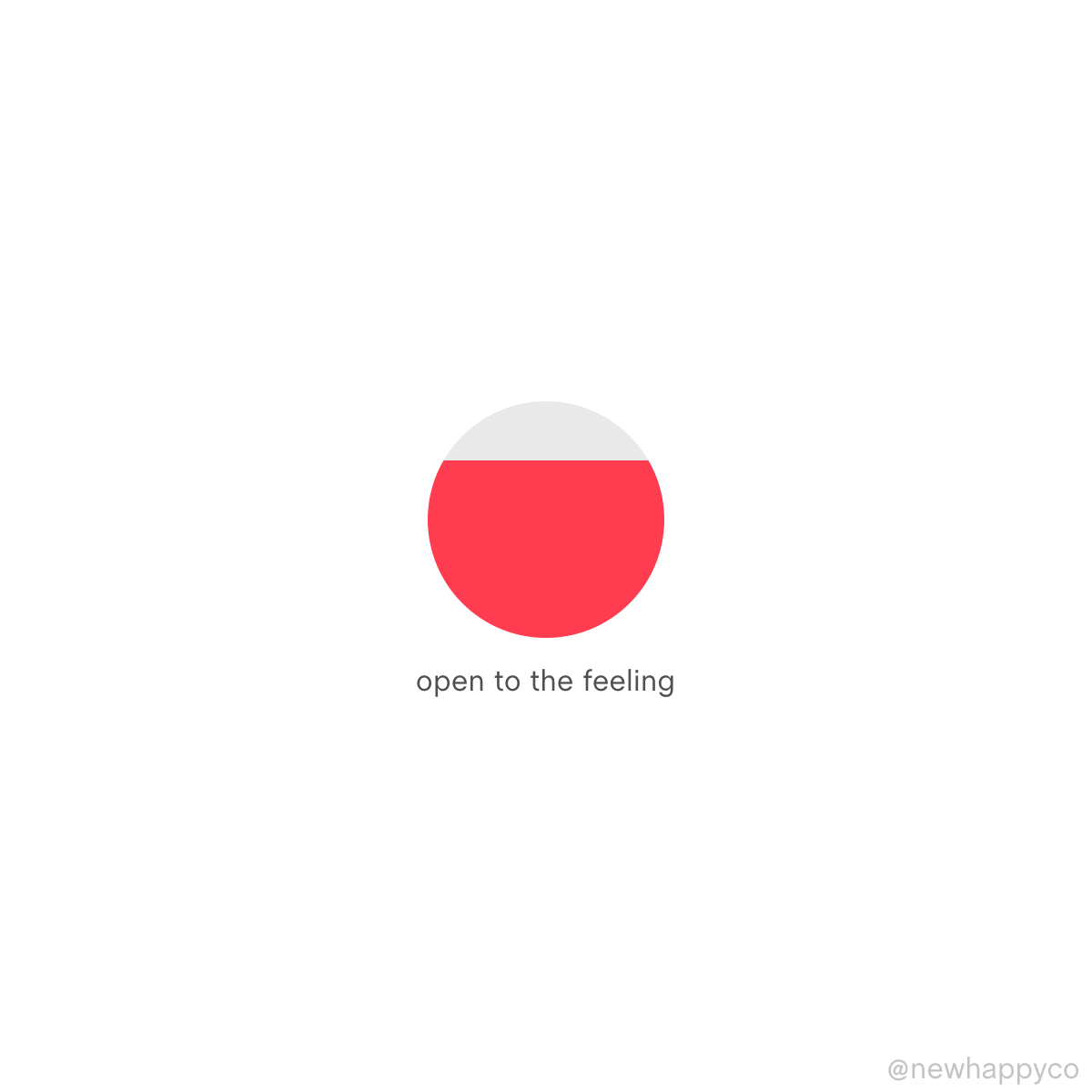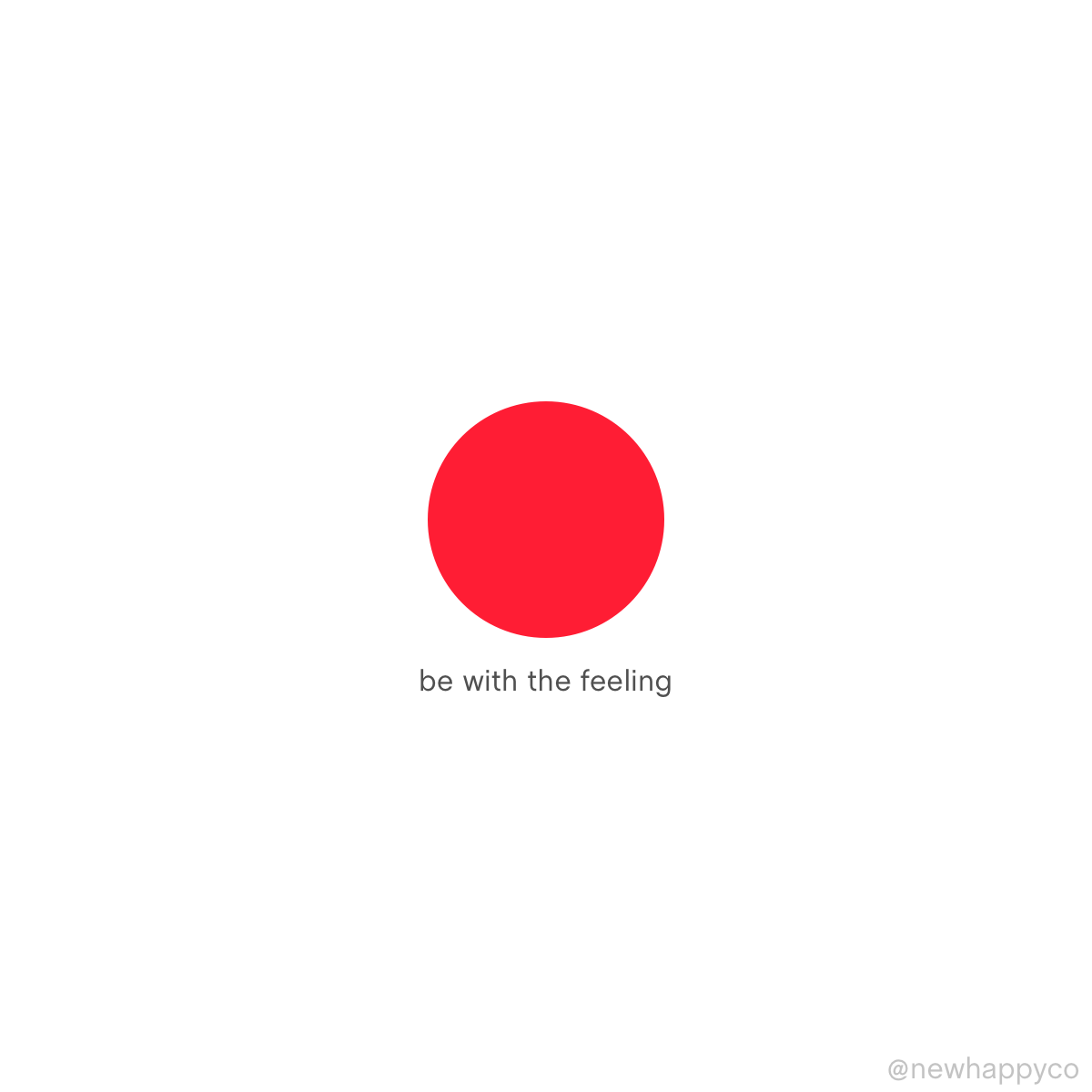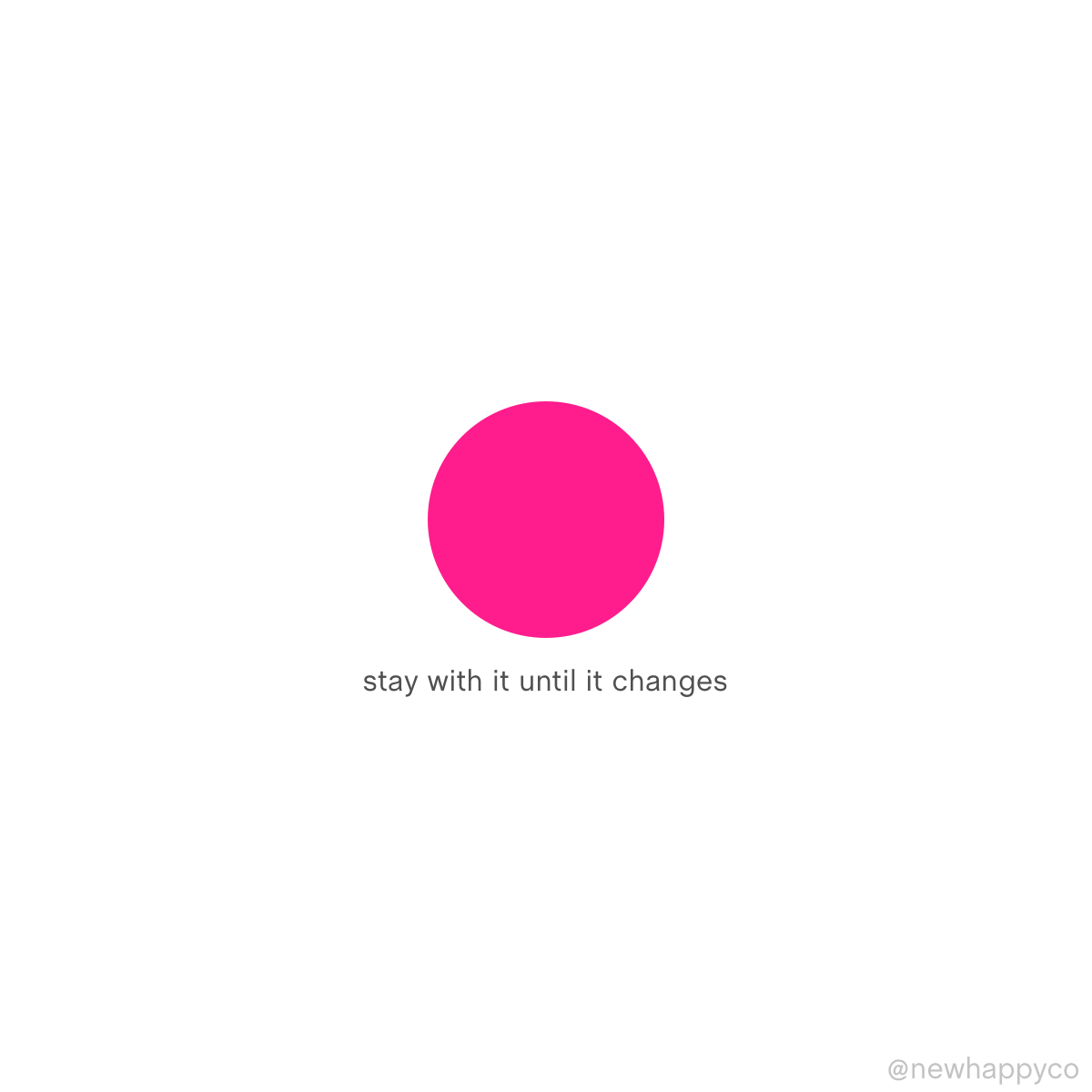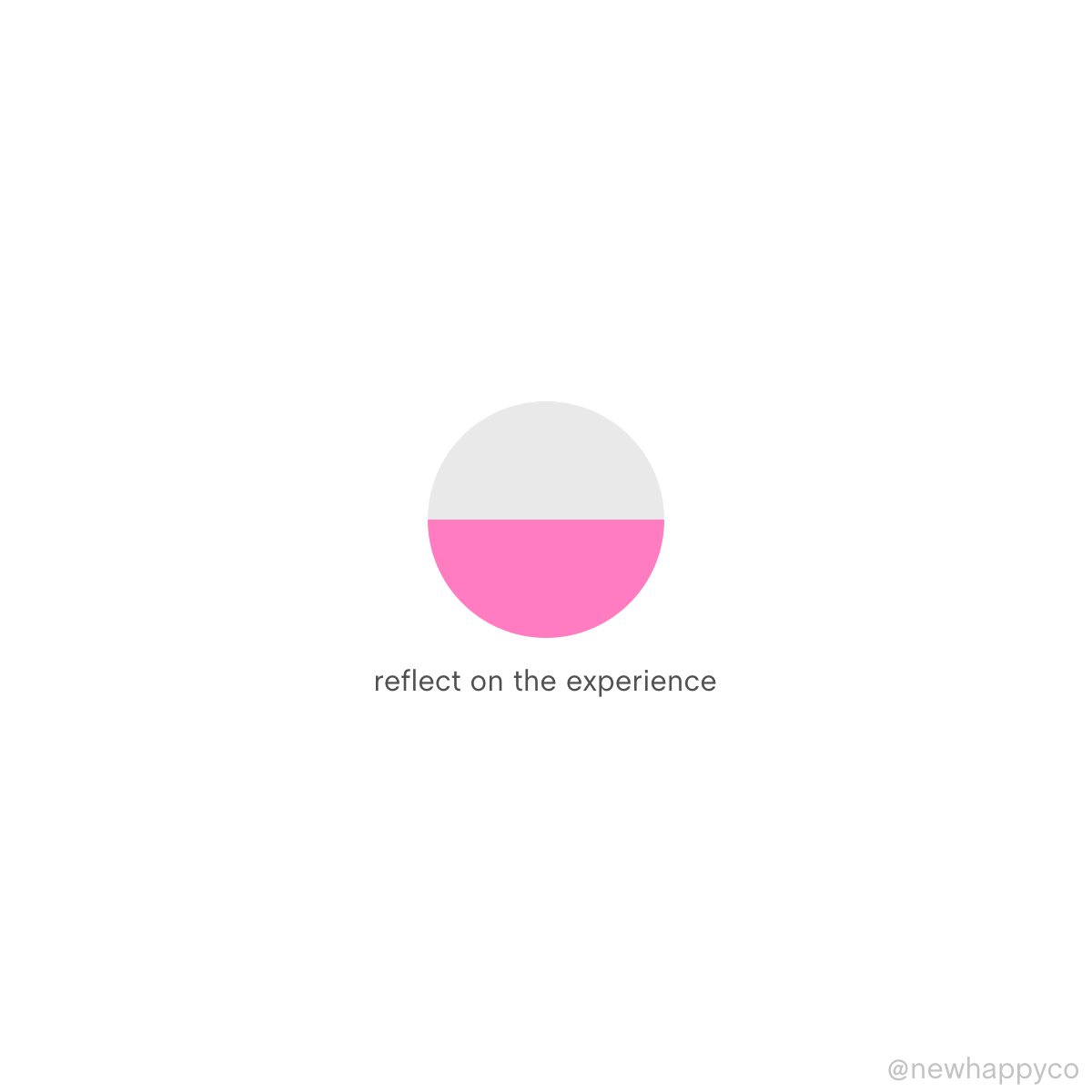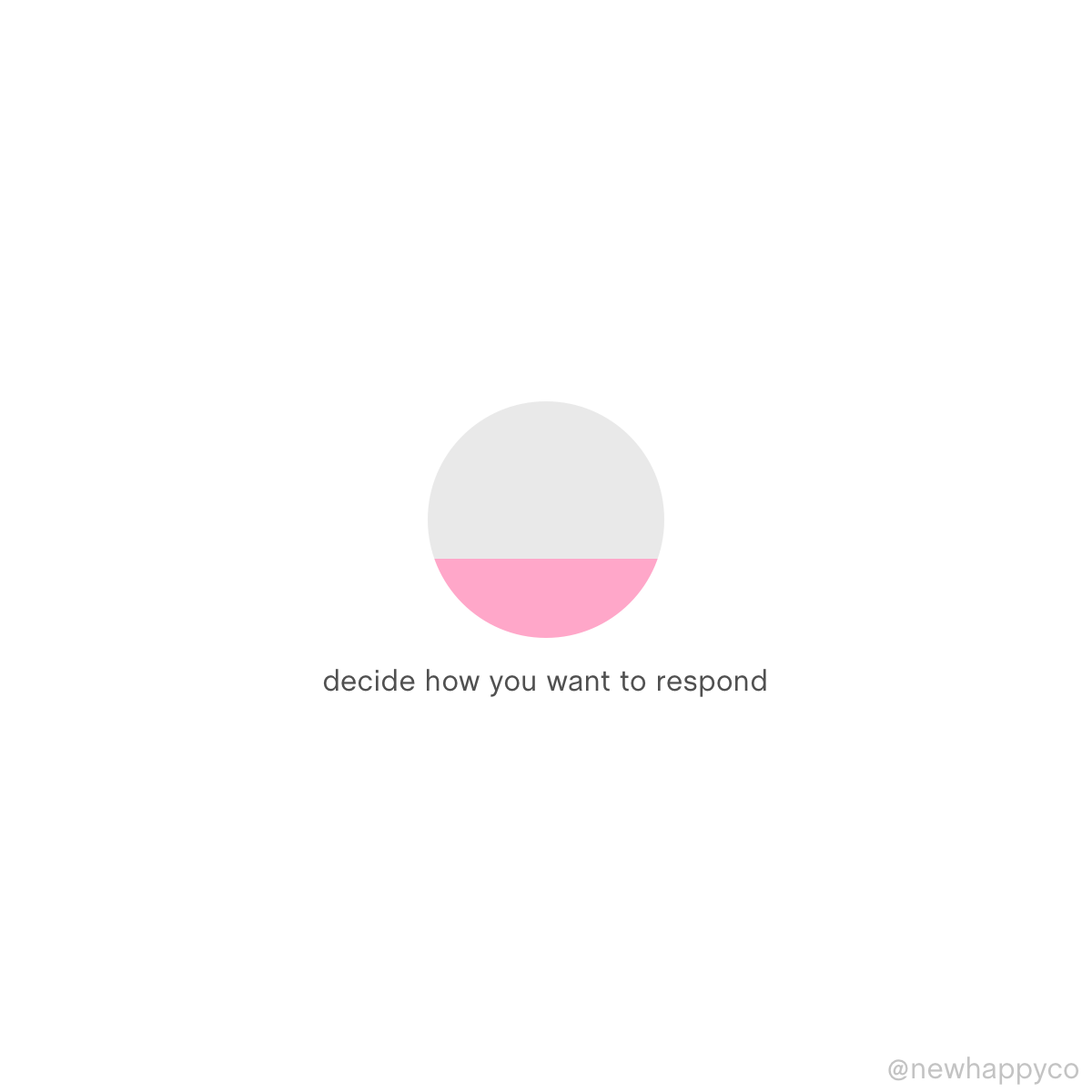How to feel your feelings
Look, it's a feeling!
Here's what to do next.
Notice the feeling
What does it feel like in your body?
Does it live in a specific place, like your stomach or your chest?
Name it if you can.
Is it a positive emotion: joy, gratitude, serenity, interest, hope, pride, amusement, inspiration, awe, or love?
Or is it a challenging emotion: annoyance, anger, nervousness, dread, fear, disgust, disappointment, sadness, grief, or sorrow?
Allow the feeling
Your instinct might be to push the feeling away, particularly if it wasn’t safe to feel (or if you weren't taught how to feel) your emotions when you were a child.
(Watch out for ‘shoulds,’ like “I shouldn’t feel this way.” There’s no place for ‘shoulds’ with your emotions!)
Things are different now. You can make a different choice. You don’t have to push it away, suppress it, or project it outward. You can let yourself feel it.
Open up to the feeling
A reassuring phrase can help: "I'm safe to let myself feel this” to yourself, or “You’re welcome here” to the emotion.
It can be useful to remember that this feeling has a purpose. It's here to give you some valuable information, to provide an indication of how things are going for you and how your needs are being met. When you open up to it, you’re making it possible to access the valuable insight it carries with it.
Welcome it as a friend, not a foe.
Be with the feeling
The neuroanatomist Jill Bolte Taylor has found that the physiological experience of an emotion lasts for just 90 seconds.
Can you stay with the emotion for a minute and a half, giving it your attention and presence?
Stay with it until it changes
As you pay attention to the feeling, you’ll notice that it soon fades away or transforms.
You might now feel calmer, like a storm has passed. You might feel a new emotion in its place. Whatever you feel is okay. Just keep breathing and paying attention.
Offer yourself compassion
Now, take a quick moment to offer kindness to yourself, to affirm and validate what you just experienced.
Put your hand on your heart and say, "I'm here for you." Give yourself a little hug. You can be proud of yourself for treating your emotion in a new way. Do whatever feels kindest in this moment.
Reflect on the experience
With a bit of distance from the emotional experience, you can reflect upon it and explore its insights.
You might ask yourself:
What thought led to that emotion?
Was that thought true? (Or was I affected by cognitive distortions, like jumping to conclusions, overgeneralizing, taking something personally, or minimizing the good?)
Is there another way to think about this?
What did that emotion indicate about how my needs are being met?
This reflection can unlock your own internal wisdom.
Decide how you want to respond
Finally, use that wisdom to make the next best choice you can: pause, look for more information, take action, ask for help, or prioritize a specific need.
You have just come a long way at learning how to listen to your feelings. Well done!
Pre-order today for exclusive bonus gifts.
A groundbreaking new approach based on a decade’s worth of research and brought to life with beautiful artwork, New Happy shows you the proven path to happiness.

